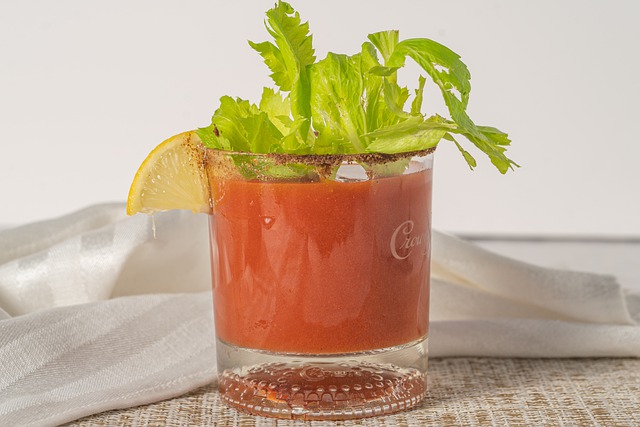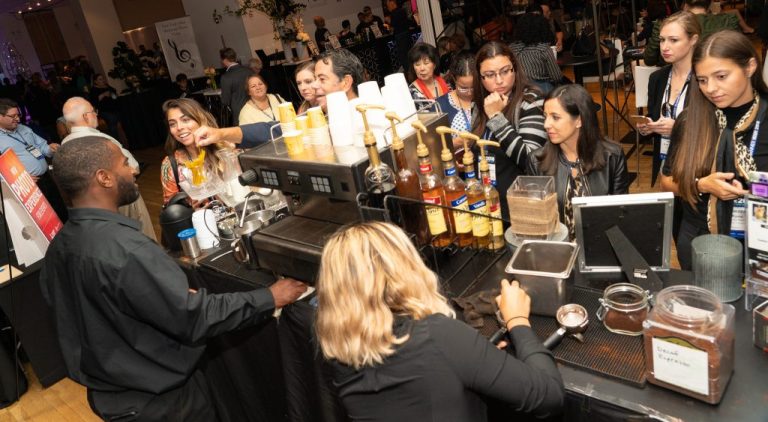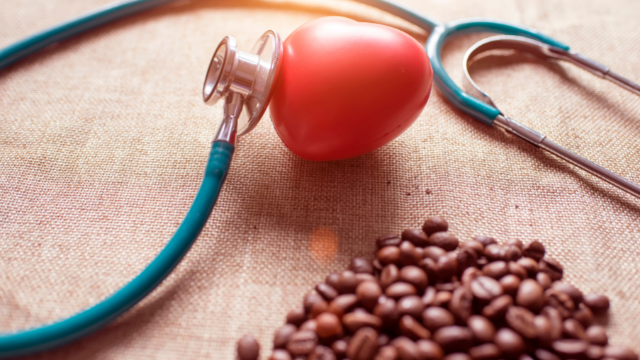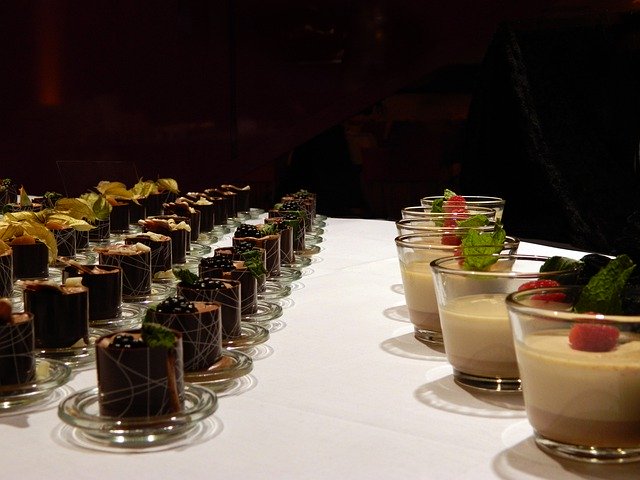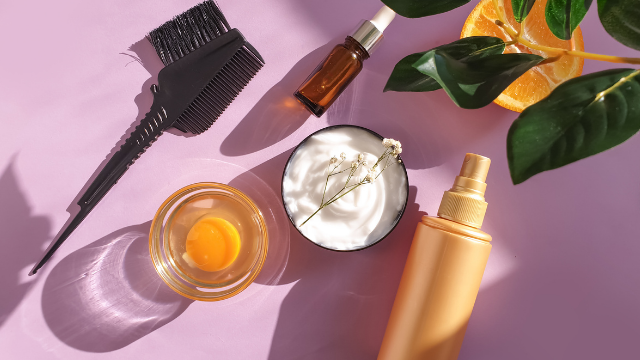It’s one of those questions we ask each other every so often as a way of making sure we haven’t tumbled over the cliff’s edge: So, how much coffee do you drink on a typical day?
A roaster once told me he limits himself to a cup a day, and I got very nervous. Like, what does he know that I don’t? But, generally, the responses range from a few cups to several, which is much more comforting to hear. I’m still well within the safe zone then.
Of course, the only answer that really matters is the one from Science. Rest assured, it’s a question that’s been mined to great depths and from a wide array of perspectives. For example: A study of about 500,000 British men and women found that those who habitually drank coffee were 10 to 15 percent less likely to die during any 10-year period than non-coffee drinkers.
Stanford researchers learned from tracking 100 people over several years that coffee drinkers tend to live longer than non-coffee drinkers.
Another study, funded by the American Heart Association, discovered that our risk of heart failure or stroke goes down eight percent with each cup of coffee we drink in a day.
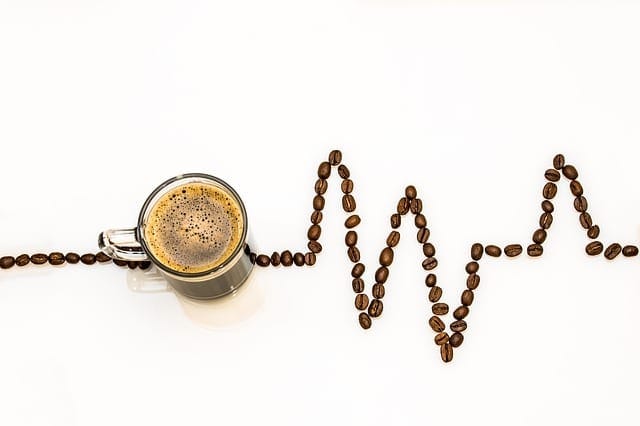
Can there be too much of a good thing?
In other words, it’s become pretty clear that drinking coffee on a daily basis is a smart idea. But the big question that’s continued to loom over all of this is, where coffee’s concerned, is there such a thing as too much of a good thing?
A new study that examined 347,077 coffee drinkers appears to have finally yielded an answer: Yes. And it’s six cups of coffee a day.
The problem, according to this new study, is the point at which all that extra stimulation has the potential to stir up heart problems. Once you reach six cups a day, the risk of heart disease increases by 22 percent, according to the study.
Finding comfort in the wiggle room
That still leaves a lot of wiggle room for most of us. The average American coffee drinker consumes 3.2 cups of coffee per day.
I couldn’t find a consensus on what qualifies as a standard-size cup of coffee, but it’s seems safe to assume that it’s about eight ounces, or the size of a Starbucks Short. (A Grande is 16 ounces and a Venti, 20.) So, adjust accordingly.
That may inch some of us closer to the risk zone that we initially realized. Still, it’s reassuring to know that drinking coffee—quite a bit of it, actually—doesn’t need to be a guilty pleasure, right?

